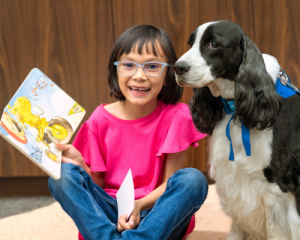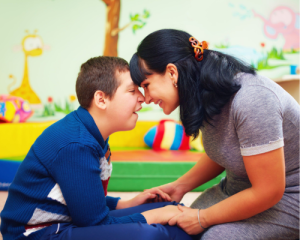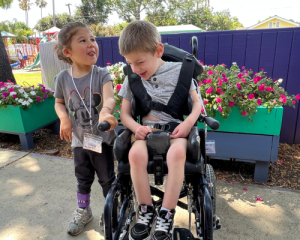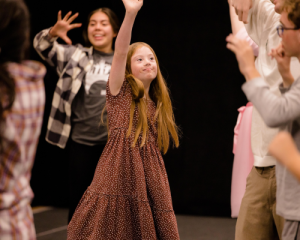
Q: [All ages] How do I talk with my kids about racism and the recent protests?
Racism, protests and recent (and historical) events that illuminate these issues evoke strong emotions and complex discussions. However, when it comes to talking to children, it need not be as difficult as you may think.
Start simple, using developmentally appropriate language. Then, take your children’s cues and questions for how much to elaborate.
Some parents find it important, even necessary, to share more details (such as accounts of police brutality). Others prefer to omit specifics. Wherever you fall, remember the goal is promoting values of fairness and respect for differences without overwhelming or confusing children.
Children process and retain information in different ways than adults. Even older children with learning differences, emotional sensitivities or intellectual giftedness may understand information differently than intended. When in doubt, keep it simple. Check for understanding. Revisit topics at later times to expand upon or reinforce information.
Here are some points to cover:
Provide historical context: “People who have brown or black skin in our country have been treated differently for a long time.”
Value: “It is wrong to treat people differently because of the color of their skin.”
Optional expansion: Explain slavery and segregation as historical examples. Acknowledge additional groups, such as Asians, who experience discrimination.
Define racism: “When people treat others unfairly because they have a different color skin, that is called racism. When people think they’re better than others because of their skin color, that is also racism. Racism can be obvious or it can be hard to see.”
Value: “Racism is wrong. Differences are important. Everyone should be treated fairly.”
Explain ongoing problems and hope for change: “Things have gotten better, but there are many ways that people with brown and black skin are still treated unfairly.”
Value: “We can help make things better by treating everyone fairly and with respect. We can learn about others instead of making assumptions based on appearance.”
Optional expansion: Give examples of discrimination today — e.g. being overlooked for a job, promotion or educational opportunities based on race; a police officer assuming someone of a different race has done something wrong based on race.
Point out that people all over the country right now are talking about these problems and how to improve them.
“People holding signs are ‘protesting.’ That means they are sharing their opinions about this situation. Many are saying they want racism to stop.”
If you are unsure how to start a conversation, look for spontaneous, teachable moments. Children present them frequently: “Why are those people holding signs?” “Mom, what are you reading on your phone?” “Look, Daddy, that person has purple hair!” These are all opportunities to talk about racism, current events and respect for differences.
Most importantly, say something. Avoidant comments like “I don’t know” or “That’s rude” communicate that these are topics not to be discussed or, worse, that they don’t matter. So even if you start with — “Isn’t it wonderful that people have different types of hair?” — then that’s moving toward positive change.
Top photo by Kelli McClintock on Unsplash

Erica Curtis, LMFT, ATR-BC, is an internationally-cited psychotherapist, speaker and award-winning author of “The Innovative Parent: Raising Connected, Happy, Successful Kids through Art.” Her private practice is in San Juan Capistrano.







Leave a Reply